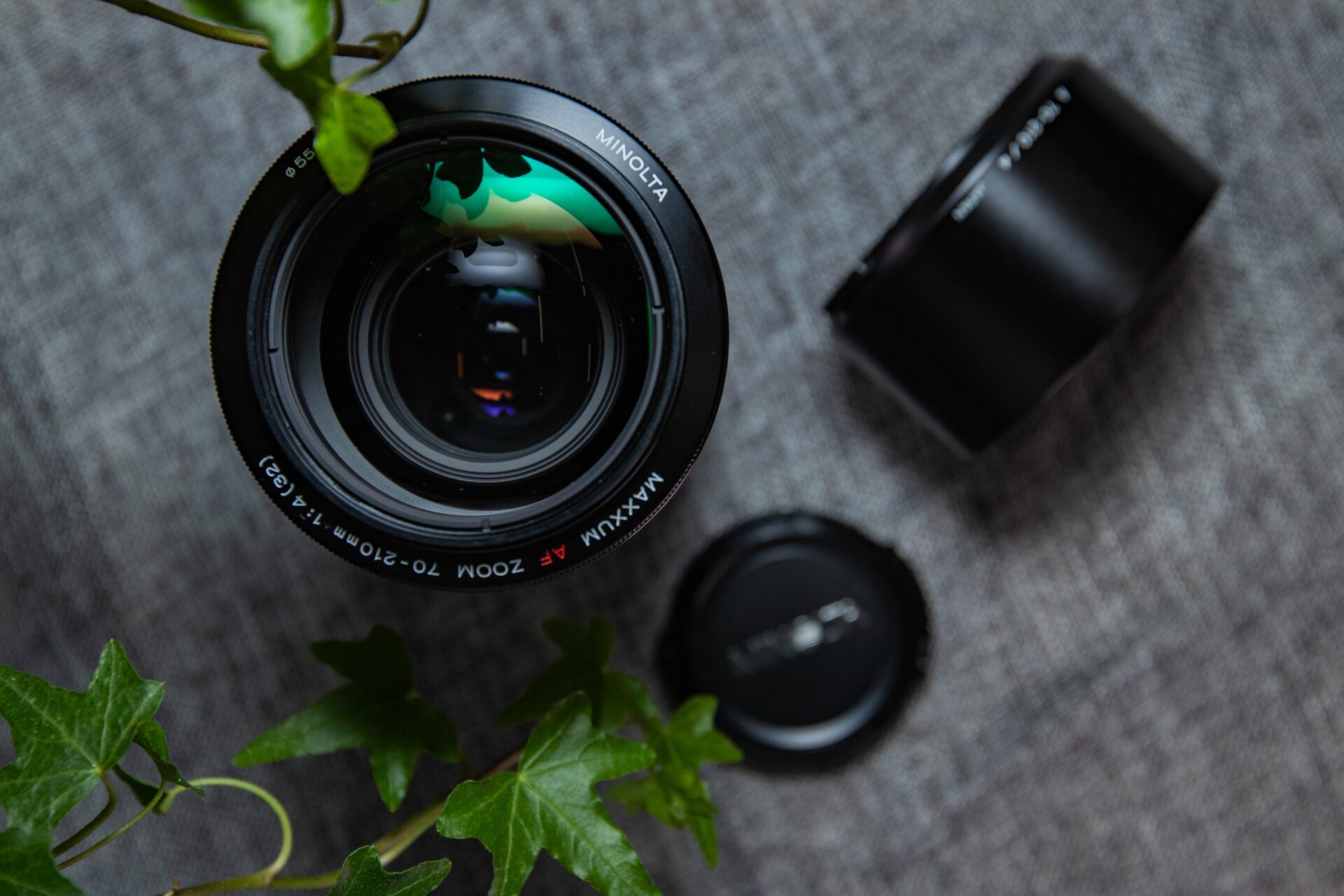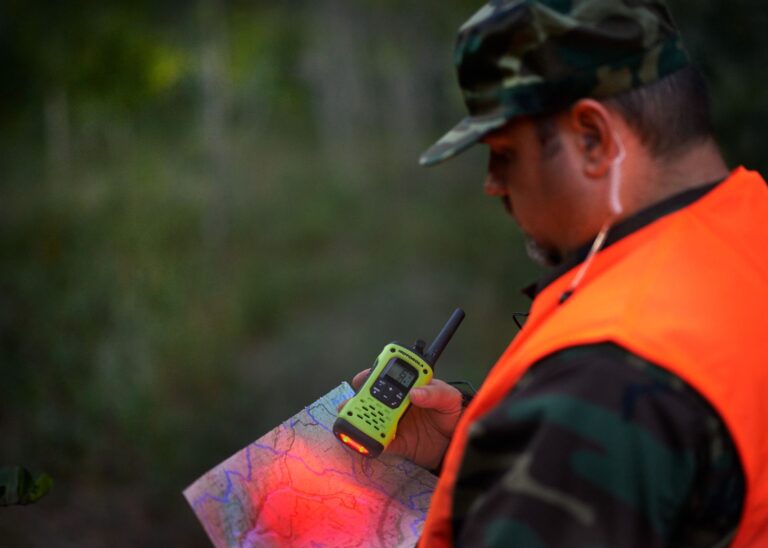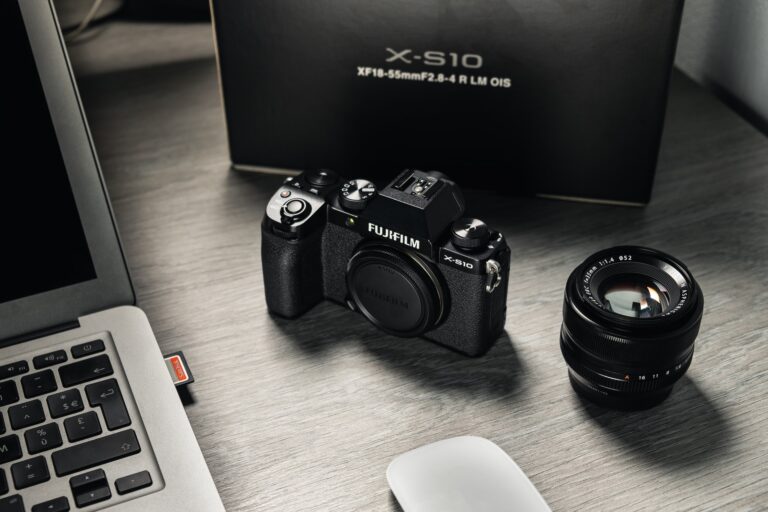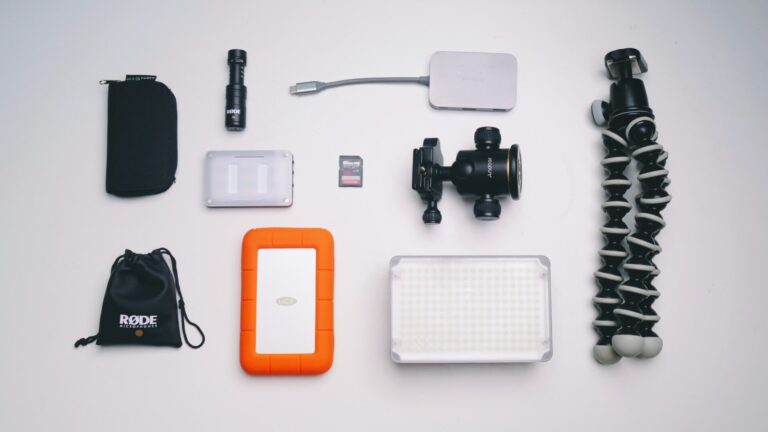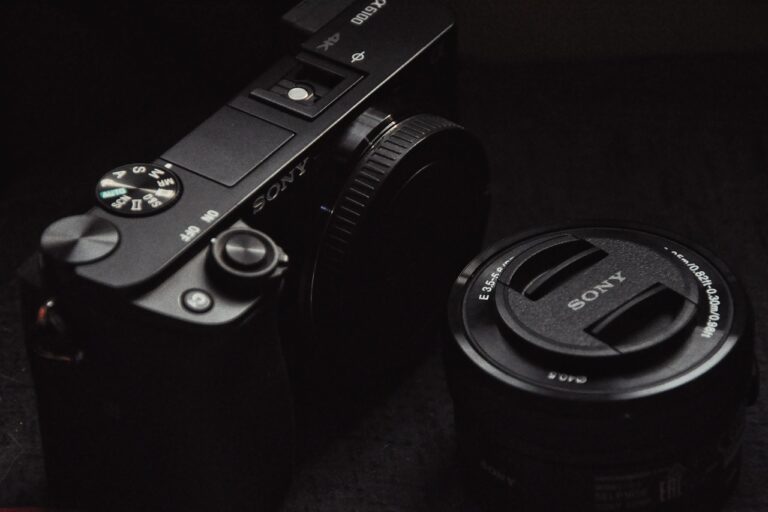Discover the Magic: Minolta Lenses on Sony Cameras for Vintage Photography
Vintage photography has gained popularity in recent years, with many photographers embracing the unique character and aesthetic that vintage lenses can provide. One brand that stands out in the world of vintage lenses is Minolta, renowned for their high-quality optics and innovative designs.
While Minolta is no longer in the camera business, their legacy lives on through the A-mount lenses that were transferred to Sony after Minolta’s exit from the industry.
In this article, we’ll explore the world of Minolta lenses and how they can be used on Sony cameras to create stunning images with a distinct vintage feel.
Page Contents
Minolta’s Influence on Sony’s Camera Journey
Minolta was a prominent Japanese company that manufactured cameras, lenses, and photographic accessories. It was founded in 1928 by Kazuo Tashima under the name Nichi-Doku Shashinki Shōten (“Japanese-German Camera Store”). The company initially imported and sold cameras from Germany but soon began manufacturing its own line of cameras.
Minolta was known for its innovation and high-quality products. Throughout its history, the company introduced several groundbreaking cameras and technologies, some of which are:
- Minolta SR-2 (1958): First SLR with unique bayonet lens mount.
- Minolta Hi-Matic (1962): Influential rangefinder series, automatic exposure control.
- Minolta SRT 101 (1966): Popular SLR, TTL metering for easy exposure.
- Minolta XG-1 (1977): Compact, affordable SLR for amateurs.
- Minolta XD-11 (1977): Professional SLR, versatile exposure modes, manual control.
- Minolta Maxxum 7000 (1985): First autofocus SLR, integrated motor drive, A-mount system.
In 2003, Minolta merged with Konica Corporation to form Konica Minolta. In 2006, Konica Minolta announced that it would cease the production of its camera and photo-related products, and focus on other businesses. The company transferred a portion of its camera technology, including the A-mount system, to Sony, which led to the development of Sony’s Alpha series of digital cameras.
Although Minolta cameras are no longer in production, they remain popular among collectors and enthusiasts due to their quality, innovation, and historical significance.
From Rokkor to Sony Alpha: The Evolution and Legacy of Minolta Lenses
Minolta lenses have a long history and a solid reputation for quality and performance. Throughout its time as a camera manufacturer, Minolta produced a wide range of lenses for their SLR and rangefinder cameras, as well as for other systems. Minolta lenses were known for their optical quality, innovative features, and durability.
The two most common lens mounts used by Minolta were the SR-mount and the A-mount:
- SR-mount: Introduced in 1958 for manual focus SLR cameras, it had revisions like MC (Meter Coupled) and MD (Minimum Diaphragm) for added features. Minolta’s Rokkor lenses were made for this mount.
- A-mount: Launched in 1985 with the groundbreaking Minolta Maxxum 7000 autofocus SLR camera, the A-mount system replaced the SR-mount. The A-mount featured an electronic interface between the camera and lens, enabling autofocus and communication of aperture and focal length data. Minolta produced a wide variety of lenses for the A-mount system, including prime lenses, zoom lenses, and specialty lenses like macro and fisheye lenses.
When Minolta merged with Konica to form Konica Minolta and later exited the camera business in 2006, the A-mount system was transferred to Sony. Sony continued to develop the A-mount system under its Alpha series of digital cameras, and many Minolta A-mount lenses can still be used on Sony Alpha cameras with full compatibility, both on A-mount and E-mount (using an adapter) cameras.
Minolta lenses, both for the SR-mount and A-mount systems, continue to be popular among photographers and collectors for their quality and character. These lenses often have a unique rendering and a “vintage look” that some photographers appreciate, making them sought after for use with modern digital cameras as well.
Minolta’s Lasting Impact: Shaping Sony’s Camera Evolution and Success
Minolta’s impact on Sony can be traced back to the 2006 agreement between Konica Minolta and Sony, which marked a significant milestone in the development of Sony’s camera business. Minolta’s expertise, technology, and intellectual property played a crucial role in shaping Sony’s camera lineup, particularly its digital SLR and mirrorless cameras.
The most prominent areas of impact include the A-mount system. The agreement between Konica Minolta and Sony included the transfer of the A-mount system, originally developed by Minolta for its autofocus SLR cameras. Sony adopted the A-mount for its Alpha series of digital SLR cameras, starting with the Sony Alpha DSLR-A100, which was heavily based on the Konica Minolta Maxxum/Dynax 5D. Sony continued to develop the A-mount system for several years, releasing both cameras and lenses, and maintaining compatibility with existing Minolta A-mount lenses.
Lens technology is another area of impact. Minolta was known for its high-quality lenses, including the Rokkor series for the SR-mount and the later A-mount lenses. The knowledge and expertise in optical design from Minolta contributed to the development of Sony’s lenses. In fact, some of the early Sony lenses for the A-mount system were essentially rebranded Minolta lenses.
In-body image stabilization was introduced by Minolta as one of the first camera manufacturers with the Konica Minolta Maxxum/Dynax 7D in 2004. This technology, called Anti-Shake by Minolta, was transferred to Sony and evolved into Sony’s SteadyShot INSIDE, which has been implemented in many of their digital SLR and mirrorless cameras.
The transition to mirrorless also benefited from Minolta’s influence. Although Minolta was no longer directly involved when Sony started developing its E-mount mirrorless system, the experience and knowledge gained from working with Minolta’s technologies played a part in shaping the new system. The E-mount system, launched in 2010, has become a major success for Sony, and some of the underlying principles, such as electronic communication between the camera and lens, can be traced back to Minolta’s A-mount system.
Lastly, autofocus technology has been influenced by Minolta’s experience in developing autofocus systems, starting with the revolutionary Maxxum 7000 in 1985. Over the years, Sony has become known for its advanced and fast autofocus systems, building on Minolta’s foundation.
Embracing the Vintage Charm: Benefits of Using Minolta Lenses on Sony Alpha Cameras
Using Minolta lenses on a Sony Alpha camera offers photographers various benefits, particularly those who appreciate vintage lenses or possess a collection of Minolta glass. Some advantages include:
- Unique rendering: Minolta lenses provide a distinct rendering and “vintage look,” adding a nostalgic or cinematic feel to images.
- Cost-effective: Many Minolta lenses are available at lower costs than modern lenses, especially when purchased used, making them an appealing option for budget-conscious photographers.
- Compatibility: Minolta A-mount lenses work seamlessly with Sony A-mount cameras, while an A-mount to E-mount adapter enables compatibility with Sony E-mount cameras.
- Build quality: Minolta lenses, specifically from the Rokkor and A-mount series, boast solid build quality and durability.
- Legacy glass: Using Minolta lenses on Sony Alpha cameras allows photographers to continue enjoying the Minolta legacy in the digital age.
- Expanding creative options: Vintage Minolta lenses offer diverse focal lengths, apertures, and optical characteristics, enabling photographers to explore various styles and techniques.
- Manual focus experience: Many older Minolta lenses are manual focus only, helping photographers hone their focusing skills and encouraging thoughtful composition and framing.
While there are advantages to using Minolta lenses on Sony Alpha cameras, it’s crucial to consider potential limitations, such as reduced autofocus performance or compatibility issues. Nonetheless, for photographers who appreciate vintage glass, Minolta lenses provide a cost-effective way to expand their creative possibilities.
Adapting Minolta Lenses to Sony Cameras: A Comprehensive Guide
Minolta lenses can be broadly divided into two categories: SR-mount (also known as MC/MD-mount) lenses and A-mount lenses. These lenses can be adapted to Sony cameras in different ways, depending on the camera’s mount system: A-mount or E-mount.
Minolta SR-mount (MC/MD-mount) lenses
These manual focus lenses were used on Minolta SLR cameras before the introduction of the A-mount. To use these lenses on Sony cameras, you will need an adapter.
- For Sony A-mount cameras: You’ll need an SR-mount to A-mount adapter. These adapters are relatively rare and might be challenging to find, but they do exist.
- For Sony E-mount cameras: You’ll need an SR-mount to E-mount adapter. Several manufacturers make these adapters, such as Fotodiox, K&F Concept, and Fotasy. Examples of Minolta SR-mount lenses include the Minolta MC Rokkor-PF 50mm f/1.7 and Minolta MD 28mm f/2.8.
Minolta A-mount lenses
These autofocus lenses were introduced with the Minolta Maxxum 7000 camera and are directly compatible with Sony A-mount cameras without the need for an adapter. For Sony E-mount cameras, you will need an A-mount to E-mount adapter.
- For Sony A-mount cameras: No adapter is needed. You can directly use Minolta A-mount lenses on Sony A-mount cameras, such as the Sony Alpha DSLR-A100, DSLR-A700, and SLT-A99.
- For Sony E-mount cameras: You’ll need an A-mount to E-mount adapter. Sony makes two primary adapters: the LA-EA3, which provides aperture control and manual focus but no autofocus, and the LA-EA4, which includes a built-in autofocus motor, allowing you to use autofocus with Minolta A-mount lenses on E-mount cameras such as the Sony A7IV series, a6000 series, and a5000 series.
Remember that using adapters might introduce some limitations, such as reduced autofocus performance or loss of certain features. However, many photographers find adapting Minolta lenses to Sony cameras a rewarding experience, as they can enjoy the unique rendering and vintage look of these lenses on modern digital cameras.

